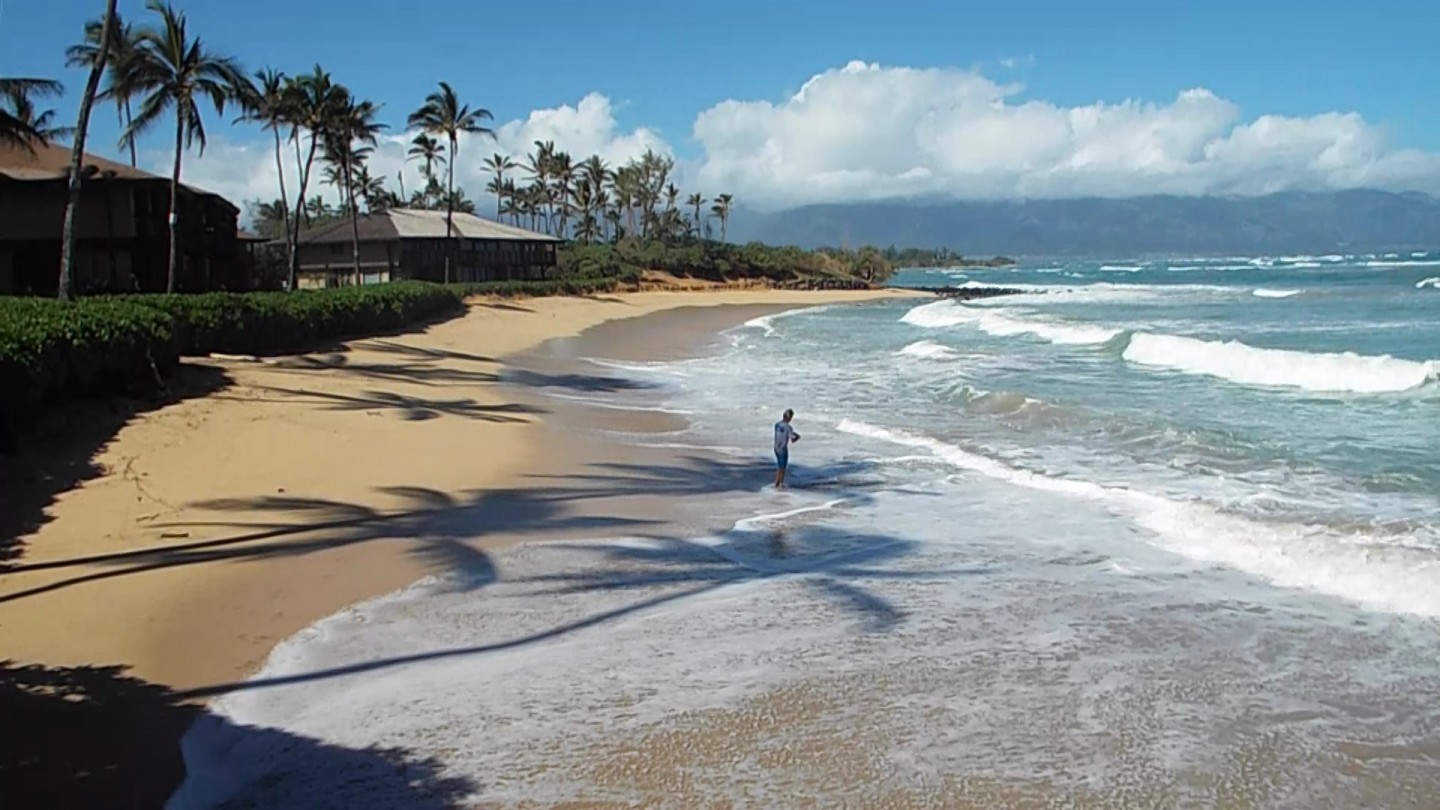
The Maui Chapter has just launched a new Blue Water Task Force water monitoring program to measure bacteria levels on some of Maui’s most popular beaches. This effort is aimed at providing more information to beachgoers and officials of potential hazards in the water along the north shore. Ocean pollution has become a serious problem on Maui, and the chapter is working to establish baseline scientific information about the bacterial and chemical composition of the water at the beach to better understand local conditions and to inform development policy on land.
With 36,000 acres of former sugar cane agricultural land coming out of production in the watershed that leads down to the famous Ho'okipa Beach and other popular north shore beaches, it is critical to understand current conditions to help the local community, property owners and government officials make good decisions on the future use of this large swath of land. The Maui Chapter successfully joined forces with the Protect Pe'ahi Coalition in 2016 to preserve 267 acres of former sugar cane fields along the Hamakua Coast on North Maui, but the fate of tens of thousands of acres is still uncertain. The chapter wants to make sure any future development of the land does not add additional pollution to the nearshore waters and by starting to test now, will be able to document any changes that do occur as a result of any future development.
In March, the chapter began monthly testing of 18 sites between Pe'ahi and Waihe'e Beach Park. They are teaming up with Professor Donna Brown and her marine biology students at the University of Hawai'i Maui College to process all water quality samples. This joint testing program complements the beach monitoring program run by the Clean Water Branch of the Hawaii Department of Health and provides additional water quality information to beachgoers on the North Shore empowering them to make informed decisions regarding the safety of their beach water. See where the Maui Chapter is testing and view their current results on their website. And check out this great video created by Tanek Rucynski, one of the students at Maui College, documenting the chapter’s first sampling run.
Intro to BWTF from Chelsea Huddleston on Vimeo.
The chapter now has three monthly sampling runs under their belt, and with the exception of one site that has exceeded the health standard twice (Maliko Bay) and another that has had high bacteria levels once (Pe’ahi Shoreline), all bacteria counts have been low. Mike Ottman, who is leading the chapter’s BWTF program explains, “I was obviously happy to see the low levels, but I don’t want to get too comfortable. Big swell churns up the water and dilutes run-off….so while we see low numbers on the north shore now– things might change drastically once summer hits and the water gets stagnant.”
The Surfrider Foundation believes that everyone should have access to clean water to surf, swim, and play in. By launching this new citizen-science water testing program on Maui, the Surfrider Maui Chapter is following the lead of the Oahu and Kaua’i Chapters in their efforts to provide information on where pollution problems exist on the beach to both help protect public health and to motivate decision makers in their communities to solve these pollution problems. Given recent cuts being proposed to the EPA and other federal agencies responsible for protecting clean water and public health, Surfrider Maui is proud to be doing their part to help ensure that surfers, swimmers and beachgoers have the information they need to not get sick at the beach.

